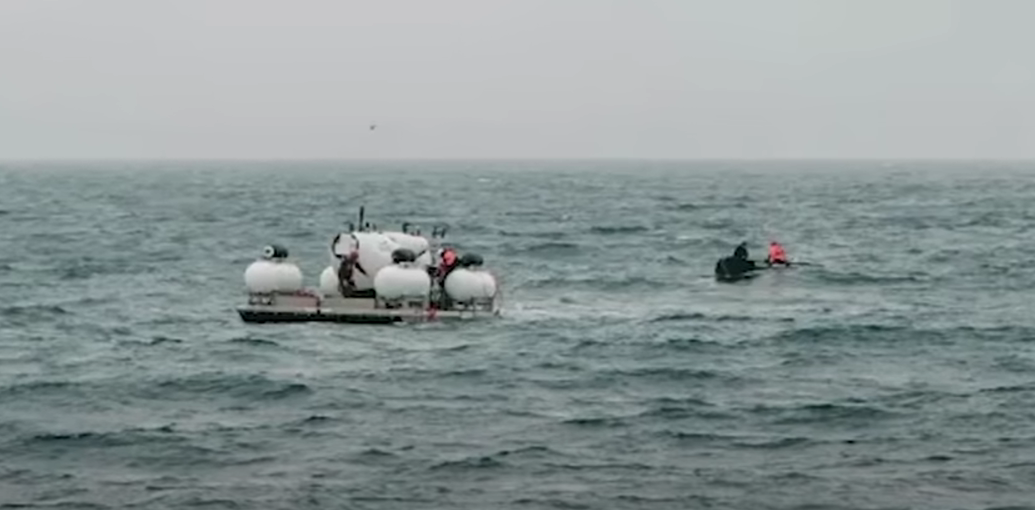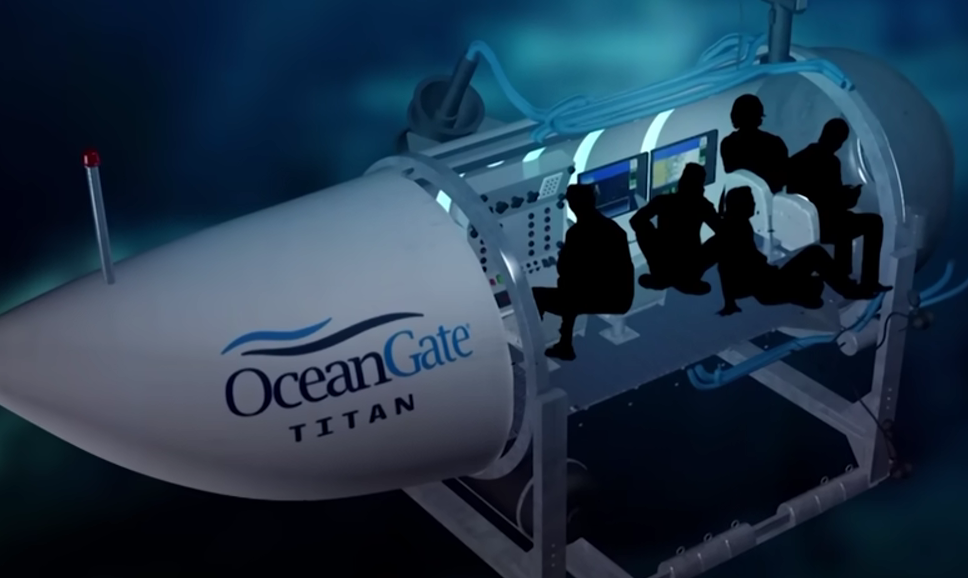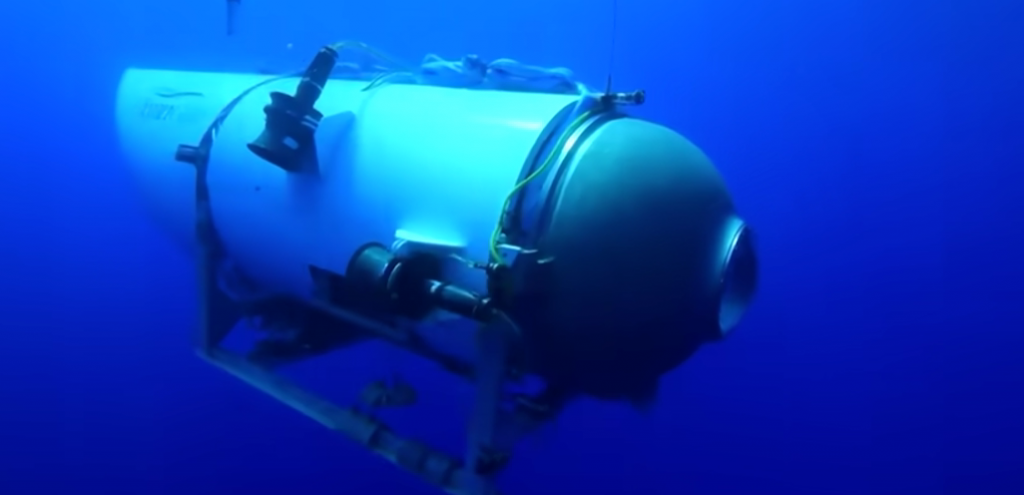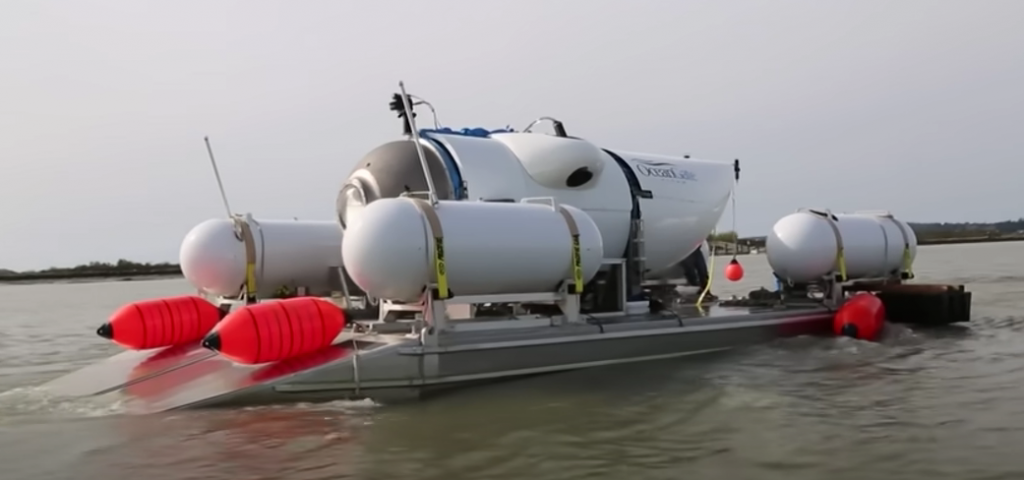Ex-OceanGate Employee Reveals CEO Ignored Titan Sub Safety Alerts Because of This

Why did the OceanGate CEO ignore safety warnings despite repeated concerns from employees?
In June 2023, the world was stunned by the loss of the Titan submersible, a vessel built to explore the Titanic wreck.
Five people, including OceanGate’s CEO Stockton Rush, died when the sub imploded deep in the Atlantic Ocean.
Now, new reports reveal troubling details about why this disaster may have happened. Former employees claim Rush dismissed serious safety warnings, driven by a desire to make a name for himself.
What led to this tragic decision, and could it have been prevented?
OceanGate CEO Ignored Safety Warnings
Former OceanGate employees, including David Lochridge, the ex-director of marine operations, raised red flags about the Titan’s design years before the disaster.
Lochridge warned that the sub’s carbon fiber hull was risky for deep-sea dives. He urged the company to conduct thorough safety tests, but his concerns were ignored.

In 2018, he wrote a report stating the Titan should not carry passengers until safety issues were fixed. Instead of addressing these concerns, OceanGate fired Lochridge, and he faced legal action from the company for speaking out.
Other employees, like Bonnie Carl, the former finance director, also noted that Rush seemed more focused on fame than safety, comparing his ambitions to those of billionaires like Elon Musk.
Another whistleblower, Tony Nissen, the former engineering director, refused to approve a 2019 Titanic dive because of hull concerns.
He, too, was dismissed. Experts outside the company, like deep-sea explorer Rob McCallum, warned Rush that the sub’s untested design could lead to catastrophe.
Rush responded by calling these warnings “baseless cries” and insisted his innovative approach didn’t need standard safety certifications. These ignored warnings paint a picture of a company rushing toward disaster.
A Quest for Fame Over Safety

Why did Stockton Rush ignore these warnings? Former employees suggest his drive for recognition played a big role.
Bonnie Carl claimed Rush wanted to be seen as a trailblazer like Jeff Bezos, prioritizing bold moves over caution.
The Titan’s carbon fiber hull, a cost-saving choice, was meant to make the sub lighter and cheaper than traditional titanium designs.
However, experts warned that carbon fiber could weaken under the extreme pressure of deep-sea dives.
Rush’s refusal to seek independent safety checks, combined with his push to keep diving despite known risks, raised concerns among staff and industry experts alike.

Reports also show the Titan faced issues before its final dive. In 2018, a lightning strike during testing may have damaged the hull, but Rush downplayed it.
The sub also had 118 equipment problems during dives in 2021 and 2022, including battery failures that once trapped passengers for 27 hours.
Despite these red flags, Rush continued operations, possibly to maintain OceanGate’s reputation and attract high-paying customers willing to pay $250,000 for a Titanic expedition.
Lessons from the Tragedy

The Titan disaster has sparked a broader debate about private deep-sea exploration. The U.S. Coast Guard is still investigating, with a final report expected later in 2025.
The findings may lead to stricter rules for submersibles to prevent future tragedies. For now, OceanGate has shut down all operations, leaving behind a legacy of ambition overshadowed by loss.
This tragedy highlights the importance of listening to experts and prioritizing safety over fame or profit.
The five lives lost—Stockton Rush, Paul-Henri Nargeolet, Hamish Harding, Shahzada Dawood, and his son Suleman—serve as a somber reminder of what can go wrong when warnings are ignored.
As the investigation continues, the world waits for answers on how to ensure such a disaster never happens again.
You might also want to read: Another Titanic Trip by a Billionaire?! Lesson Not Learned!


